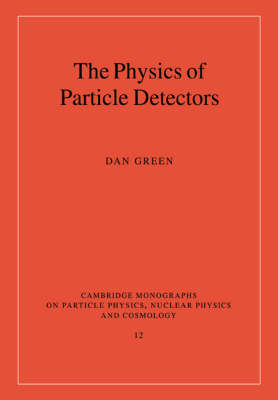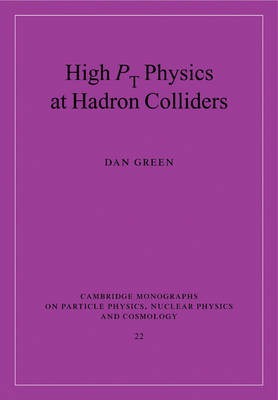Cambridge Monographs on Particle Physics, Nuclear Physics and Cosmology
2 total works
This text provides a comprehensive introduction to the physical principles and design of particle detectors, covering all major detector types in use today. The book begins with a reprise of the size and energy scales involved in different physical processes. It then considers non-destructive methods, including the photoelectric effect, photomultipliers, scintillators, Cerenkov and transition radiation, scattering and ionisation and the use of magnetic fields in drift and wire chambers. A complete chapter is devoted to silicon detectors. In the final part of the book, the author discusses destructive measurement techniques including Thompson and Compton scattering, Bremsstrahlung and calorimetry. Throughout the book, emphasis is placed on explaining the physical principles on which detection is based, and showing, by considering appropriate examples, how those principles are best utilised in real detectors. This approach also reveals the limitations that are intrinsic to different devices. Exercises and detailed further reading lists are included.
This book provides a comprehensive introduction to high transverse momentum reactions at hadron (proton-proton or proton-antiproton) colliders. It begins by introducing the Standard Model of high energy physics and describes the specialized detectors used. It then gives a general treatment of the reactions to be studied and summarizes the state of hadron collider physics, defined by Tevatron results. The experimental program at the detectors being built for the Large Hadron Collider at CERN is described, with details of the search program and the general strategy to find the postulated Higgs particle. Speculations of physics beyond the Standard Model are also discussed. This book is suitable for graduate students and researchers in high energy physics. It incorporates a shareware program that enables the reader to reproduce many of the examples and exercises given in the text, and go beyond the scope of text into open-ended study.

